1. The Only Known Vintage White Gold Rolex Daytona Makes Its Auction Debut to Benefit Children Action
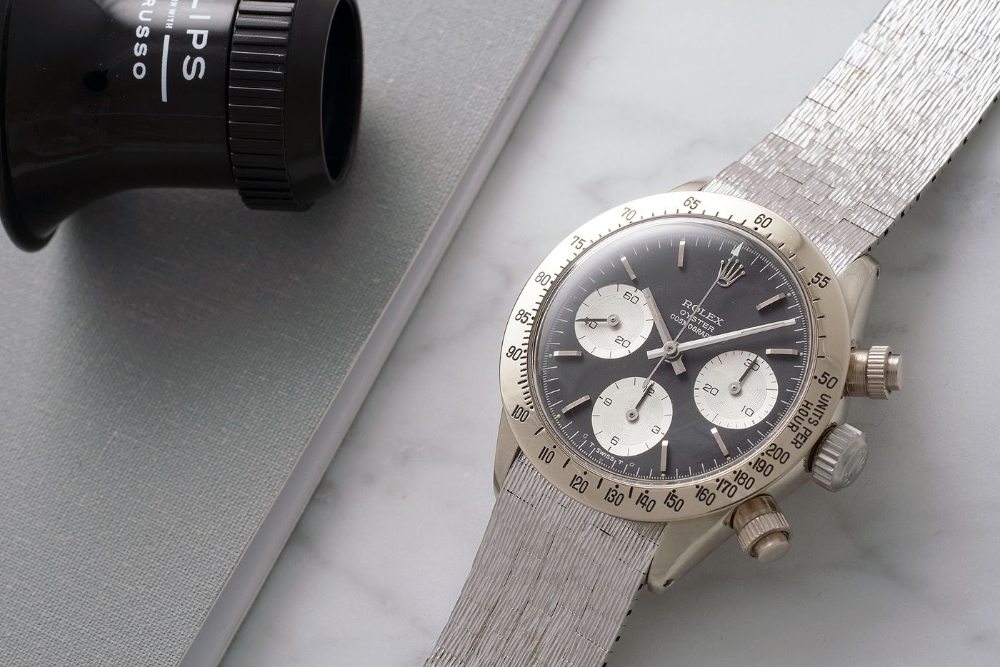
What you are looking at is a one of a kind Rolex. It is a Daytona, specifically a reference 6265 in white gold, and it is the only known example of its kind. It was acquired eight years ago by John Goldberger, a noted watch collector and scholar of vintage watches, who almost couldn’t believe what he had found because he thought all 6265s were made of steel. However, the unmistakable heft of the watch and 18k hallmark engravings were sure signs that this wasn’t any ordinary stainless steel Daytona. Hit the link below to find out the remarkable story of this unique watch.
Source: Phillips
2. Up Close And Personal With The Indies: Visiting With Akrivia, Beat Haldimann, De Bethune, And Philippe Dufour
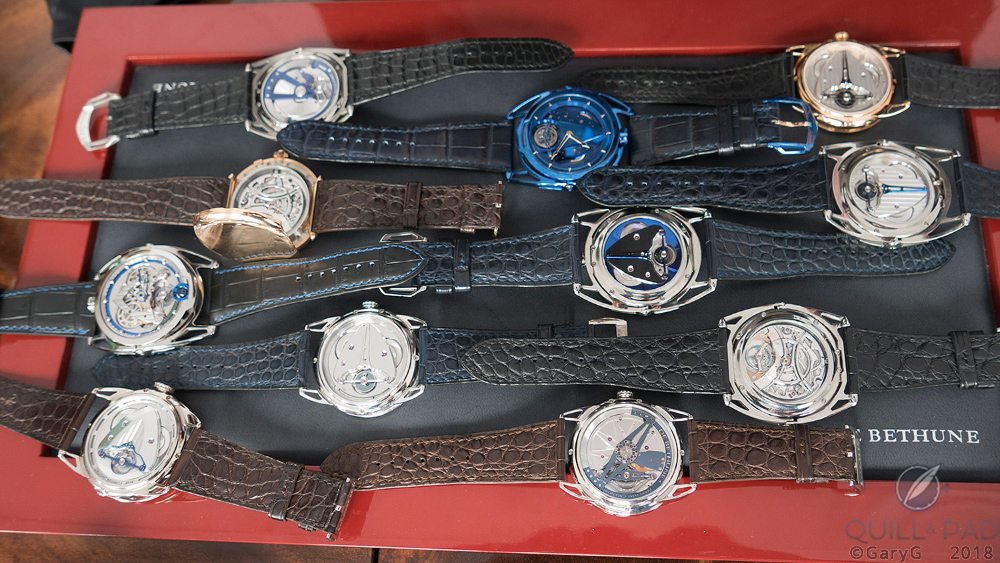
Independent watchmaking is truly fascinating. Each brand has their distinct design language, watchmaking philosophies, and ideas. You would never ever mistaken a De Bethune for anything else than what it is. And I think one of the reasons why is because these brands are lead usually by a single person or a small team, and that they have a very clear idea of what they want to make and what constitutes good watchmaking. In this article, we are offered a behind the scenes look with some of the leading names in independent watchmaking.
Source: Quill & Pad
3. In-depth: Future classic? The Rolex Explorer II ref. 16570
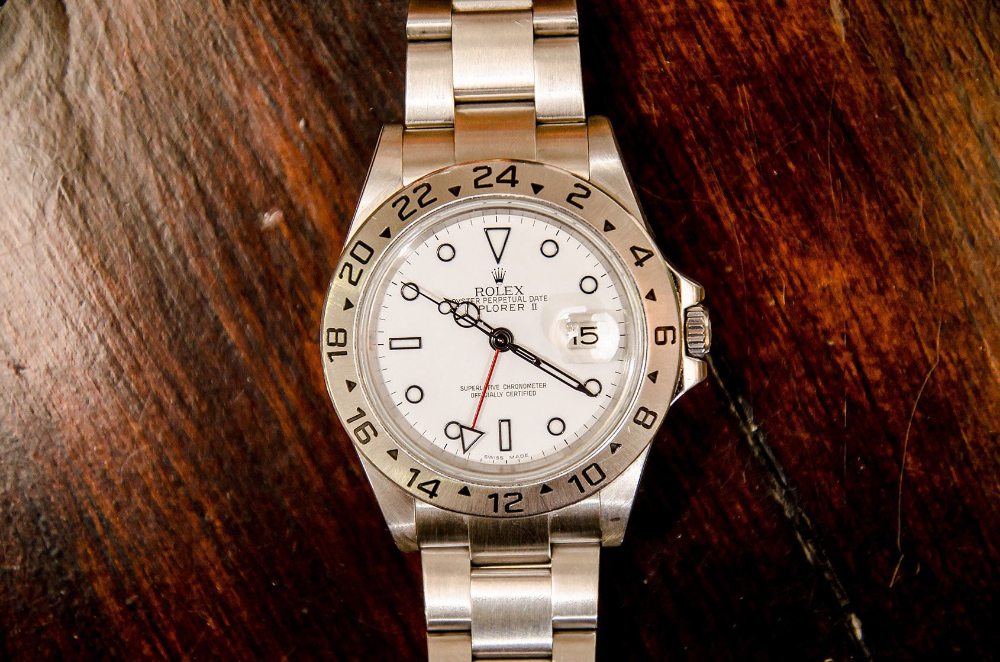
I won’t consider the Rolex Explorer II Reference 16570 ‘Polar’ a vintage just yet, but its price has been steadily appreciating over the last two years or so. It is hard to say why exactly, perhaps collectors are finally appreciating its beauty and the fact that white dial Rolex watches are quite rare; or that it could be just pure speculation that has driven up demand and, hence, prices. At any rate, I think the Explorer II 16570 ‘Polar’ is a mighty fine watch especially if you think the modern Explorer II, the 216750, is a bit overdone.
Source: Time and Tide Watches
4. A Detailed History of Grand Seiko V.F.A., the Pinnacle of Japanese Chronometers
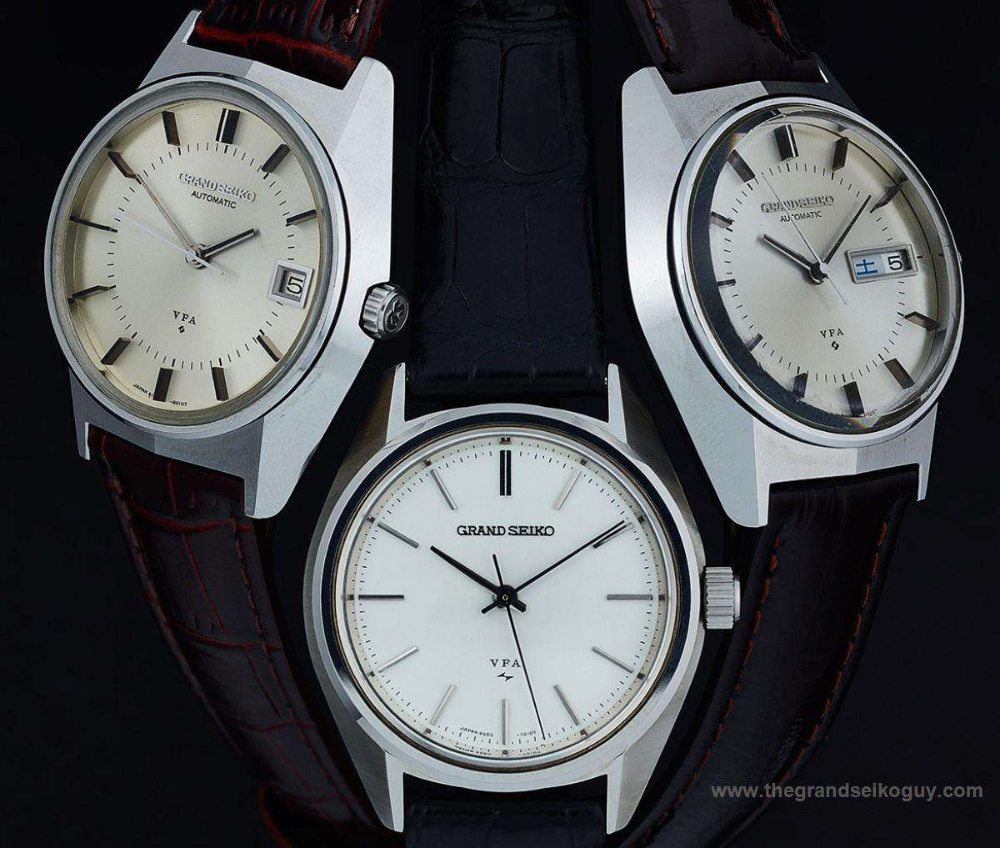
The ‘Grand Seiko Standard” was introduced in 1966 as a response to the Swiss, who said that Grand Seiko could no longer label their watches as ‘chronometers’ simply because the watches were not tested in Switzerland. But beyond the ‘Grand Seiko Standard’ are two more exclusive standards called the ‘Grand Seiko Special Standard’ and the ‘Grand Seiko Very Fine Adjusted Standard.’ These two standards were reserved for special watches and were regulated to be even more precise. The ‘Grand Seiko Very Fine Adjusted Standard,’ or VFA as it is more commonly known among enthusiasts, required the watch to have a mean daily rate of -2 and +2 seconds a day and had to be accurate to within a minute per month for the first two years. To celebrate the 20th anniversary of Grand Seiko’s Caliber 9S, the company recently introduced a new watch that meets the legendary VFA standard. Learn more about the history of Grand Seiko VFA watches here.
Source: Watches by SJX
5. All You Need to Know About the Patek Philippe ref. 5970
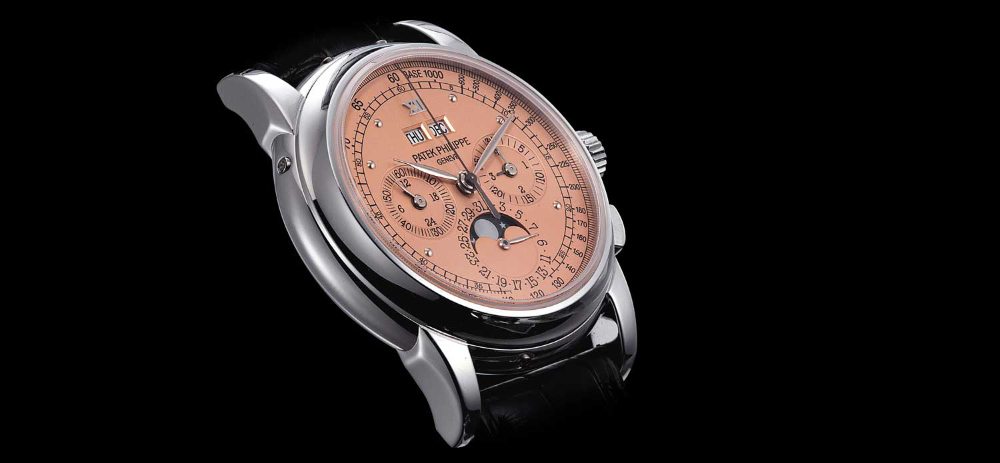
The Patek Philippe Reference 5970 is one of the brand’s most loved watches. For one, it is a perpetual calendar chronograph, a complication synonymous with the brand. Secondly, it is also the last reference to use a Lemania-based movement. And finally, it was the watch that Philippe Stern asked his son, Thierry, to design before handing the reins of the company over to him. Today, the Reference 5970 continues to be highly desirable and admired, and is one of the reasons why the newer Reference 5270 never really took off. Learn more about this important Patek Philippe reference in this article.
Source: Revolution

